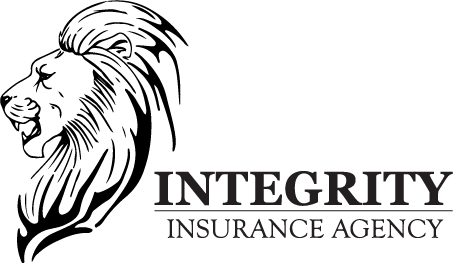Condominium
Condominium/Homeowners/Townhouse Associations and other types of HOA codes that may apply to this: Commercial condo’s shopping centers, warehouses, banks; Homeowners associations; Condo cooperatives and timeshares; Townhouse associations.
Description of operations: All individual unit owners form the membership body of condominium, homeowners and townhouse associations. While each individual unit owner owns a particular unit, each has a shared financial responsibility for the overall maintenance and upkeep of common areas, such as hallways, outside fixtures, parking areas, grounds, swimming pools, recreational facilities, and other jointly-owned property. The unit owners either elect or hire association leadership to coordinate common maintenance and upkeep activities. The association’s officers are responsible for hiring employees or contracting with others to provide the needed services. The officers are also responsible for administrative operations, including setting and enforcing rules for the association membership and determining, collecting and disbursing any necessary assessments maintenance, upkeep and insurance of commonly-owned assets.
Common Insurance Terms
Property exposure consists of the buildings, grounds, swimming pools, parking areas, and other property jointly owned by the association’s members. The bylaws of the association will specify what is owned by the association and how it must be insured. The main exposure is fire from electrical wiring, heating equipment, or the use of cooking equipment within residential units. Personal property is limited to the office and furnishings in the community building.
Crime exposure comes from employee dishonesty in the handling of the escrowed funds that are to be used for maintenance and repair. Employee dishonesty is controlled through background screening, disciplined controls and division of duties.
Inland marine exposure comes from accounts receivable, computers, and valuable papers and records. Lawn equipment may be considered contractors’ equipment but is usually included as building property.
Premises liability exposure comes from use of the common areas as the association is responsible for all maintenance and upkeep. Residents and guests may slip and fall. Sidewalks, community buildings, streets and roads, and any other areas that are open for use by the members of the association must be in good condition. There should be no frayed or worn spots on carpet, and no cracks or holes in flooring. Steps and uneven floor surfaces should be prominently marked. Sufficient exits must be provided and be well marked with backup lighting systems in case of power failure. Parking lots and sidewalks need to be in good repair with snow and ice removed, and generally level and free of exposure to slips and falls.
Directors and officers exposure is from actions and decisions made by the elected officers of the association. The exposure can be minimal when all responsibilities are shifted to an outside management firm. If the association operates without outside assistance, the association and its individual officers can be held liable for adverse actions such as discriminatory practices, failing to maintain the property in a responsible manner, or mismanagement of shared escrow funds. Policies and procedures should be published and consistently followed.
Automobile exposure is generally limited to hired and non-owned. A maintenance vehicle may be available in larger communities. If there are owned vehicles, all drivers must have licenses appropriate for the vehicles driven. All vehicles must be maintained with records kept in a central location. MVRs should be obtained on all regular drivers.
Workers compensation exposure is nonexistent if the association contracts all services to an outside management form. If there are employees, office workers may develop repetitive motion injuries such as carpal tunnel syndrome. Maintenance workers can experience cuts, burns, back sprains from lifting, and exposure to machinery used for lawn maintenance and other repairs. Any contract with outside firms must specify who is responsible for providing workers compensation coverage to the workers. If the subcontracting firm is responsible, the condominium association should obtain certificates of insurance to verify that coverage.
Minimum recommended coverage:
Building, Business Personal Property, Employee Dishonesty, Accounts Receivable, Computers, Valuable Papers and Records, General Liability, Directors and Officers Liability, Umbrella, Hired and Nonownership Auto, Workers Compensation
Other coverages to consider
Earthquake, Flood, Computer Fraud, Forgery, Money and Securities, Cyberliability, Employee Benefits, Employment-related Practices, Stop Gap Liability
Reprinted with permission from the Rough Note’s Company copyrighted content.
Ready to give us a call?
Speak with your live agent today!
